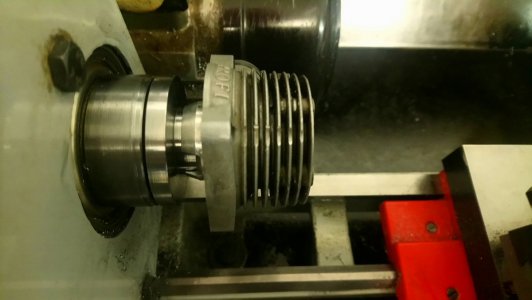- Joined
- Feb 2, 2013
- Messages
- 3,627
need or want to brag about how many decimal places we work to???
temperature fluctuations would surely affect anything made to sub-tenth tolerances.
unless you're producing, and the metrology is in a temperature constant environment , you are performing superfluous gymnastics.
with all due respect, i agree with precision, but what is attainable by mortals is often like fishing stories.
my SL1000 has .002" resolution on the dials, kinda hard to turn to .0001" like that without help from an indicator
temperature fluctuations would surely affect anything made to sub-tenth tolerances.
unless you're producing, and the metrology is in a temperature constant environment , you are performing superfluous gymnastics.
with all due respect, i agree with precision, but what is attainable by mortals is often like fishing stories.
my SL1000 has .002" resolution on the dials, kinda hard to turn to .0001" like that without help from an indicator
Last edited:


